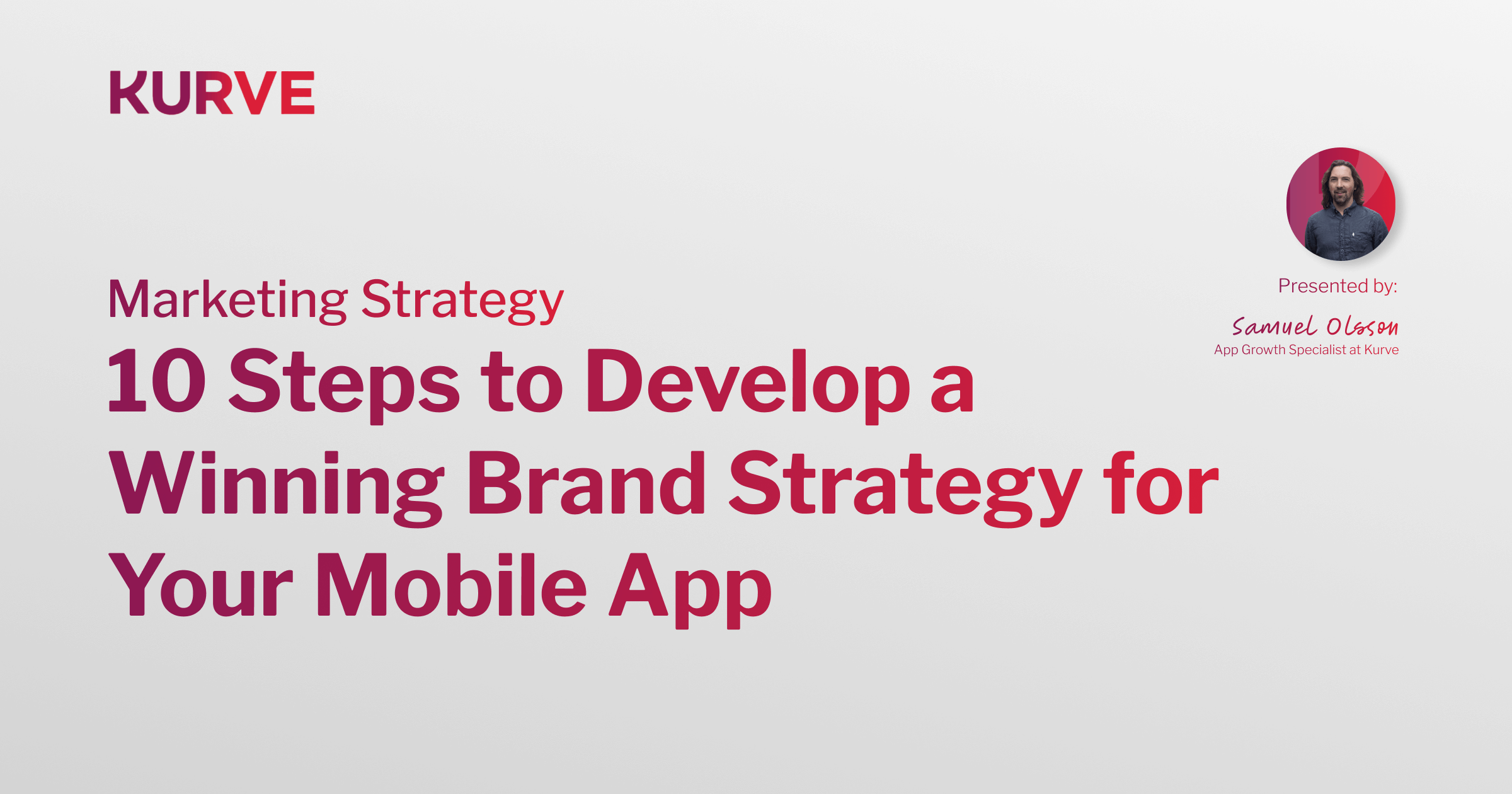Lead Generation Cards are gone. How will you convert Twitter users into leads?
The sheer amount of competition on a platform like Twitter presents quite the challenge to startups. This channel provides a huge opportunity to build a genuine following, engage with influencers, and nurture relationships.
However, with a tweet’s prime lifetime at an average of 18 minutes, brands must work hard to achieve impact. Two HubSpot articles are particularly interesting in this context. Firstly, we have Maggie Hibma’s analysis of the first 24 hours of a tweet. It’s also worth reading her tips for how to increase a tweet’s lifespan. Simple and straightforward recommendations.
Whilst reports suggest that Twitter’s gradual downturn is making it a less attractive prospect, we can assume that for the foreseeable future it’ll remain a key element of social media marketing strategy for many businesses. With this in mind, it would be foolish to dismiss the platform as irrelevant, especially without first testing where your audience spends its time.
Regardless of where your social media emphasis lies, one stalwart that cannot be ignored is email. It has a much higher ROI than any other digital channel, and to not attempt the migration of social media followers across to your mailing list represents a missed opportunity.
Changes in late 2016 and early 2017
Twitter Ads have been at the heart of many a digital campaign. The ability to utilise Twitter’s audience targeting has proved to be highly effective for content promotion, product or service sales and advertising, enhancing user engagement, and building followerships.
For the purpose of converting Twitter followers (and indeed, non-followers) into email newsletter recipients, Lead Generation Cards, promoted with ad budget, have been the wise choice. Their ability to convert users within the Twitter framework provided a great opportunity to marketers.
Alas, from February 2017, Lead Generation Cards have been scrapped by our Twitter overlords. Theories vary as to why, but competition from Facebook and the introduction of Welcome Messages and Quick Replies to the Twitter portfolio seems to have made some impact on their approach. So too has Twitter’s lack of product development on the Lead Generation Card’s features, interface, and functionality. In fact, it had hardly been touched since its introduction in 2013.
“We are always experimenting with the best ways to help advertisers effectively connect with consumers… At this time, we intend to focus our efforts on building and improving other performance offerings that will help us drive the best performance for advertisers."
So, with Lead Generation Cards forming a key tactic for many marketers, what next for those attempting to convert Twitter users into email signups?
Alternatives to Lead Generation Cards
I promise, all is not lost. Marketers can use workarounds to convert Twitter followers and non-followers to email signups. Whilst many will grieve the death of the Lead Generation Card, there are still very credible tactics in its absence. Here are some of the routes that I’d recommend.
Pin your email signup CTA
This is a nice and simple approach that was indeed relevant before the demise of Lead Generation Cards. If you’re aiming to grow an email list and use Twitter as one of the main drivers, simply pin a call-to-action (CTA) tweet to the top of your profile, which leads to an optimised signup landing page.
Here’s how:
-
Create an email signup tweet with associated image, linked to your landing page
-
Select the (...) icon underneath that tweet
-
Click on “Pin to your profile page”
-
Refresh your feed to ensure it’s pinned correctly
Don’t expect an avalanche of new signups overnight, even if you have a huge following. But this will position your signup CTA in front of new and existing followers when they investigate your profile. Pinned tweets must incorporate the following:
-
Compelling and concise action-led copy
-
A bold and eye-catching image (possibly include extra copy)
-
An optimised (and fully tested) destination landing page
Brands such as Buffer used this tactic in combination with Lead Generation Cards, and reported 10 times more leads as a result. No such luxury now, but still this highlights the potential performance of pinned tweets.
Obviously, whether or not to implement this depends on your primary business goals at any given time. If you have other compelling offers that drive critical sales (such as a discount promotion), this may take precedence in your feed. That said, to encourage Twitter followers to convert into email signups, a pinned tweet is a good place to start.
Use Website Cards
Whilst the Lead Generation Cards presented a solid opportunity to convert within the Twitter bubble, Website Cards offer marketers a seamless CTA to drive users towards a signup page.
Many marketers were already using Website Cards, because of the opportunity to capture more information about the user than was available through Lead Generation Cards, which were limited by the Twitter framework. Combine Website Cards with intelligent ad targeting, a conversion-optimised Unbounce (or alternative) landing page, and marketing automation software.
Again, compelling copy and imagery is absolutely paramount to successful conversions.
By setting up the right page tracking and monitoring Twitter’s Analytics, you can measure the performance of your paid campaign, and decide if it represents value as a long-term tactic.
Utilise remarketing
Qualify your audience targeting further by making use of intelligent remarketing tactics on Twitter.
You have a couple of options: target specific users with your email signup message by uploading a list of individual usernames, or target people that have already visited your website. You need to install Twitter’s website tag on your site to gather this data. Thereafter, input this information through Tailored Audiences on your ad account whilst setting up the campaign.
Targeting those who have already expressed an interest is highly effective, and you can get granular about which message hits which audience, according to which page they’ve visited, when, and how. This is possible by creating a custom conversion event, using the URL Matching option. Create different segments with the help of the conversion tag. For example, you can include users that have seen a certain page, and exclude those who have already signed up.
Expand your audience
After creating your tailored audience based on website conversions or lists, you can use the “target similar users” feature within Twitter Ads. This is particularly useful, because by creating audience you’ve already established interests and traits. Expanding this to others with similar traits will bring more targets into sight. For example, you can create a tailored audience based on a specific landing page, and target similar users to that audience, whilst promoting the landing page directly.
Website popups and CTAs
Some content will work better on Twitter than others. This may be curated content, constructed from the insights of multiple experts. This could be interview-based articles, infographics, or how-to guides. It depends on your brand. If a particular element of your content strategy is geared towards traction on Twitter, optimise that content for email signups within your blog or website framework.
Shift to Facebook
Twitter’s loss is Facebook’s gain. Their version is called Facebook Lead Ads, and fulfils pretty much the same function as Twitter’s Lead Generation Cards. Indeed, it offers further options for the capture of more in-depth data. Many see Facebook’s strong performance on this front as one reason for Lead Generation Cards being canned.
Lead Ads remove the necessity for users to visit your website - a barrier which is particularly problematic for mobile users (on Facebook and Twitter alike), and regularly impacts conversion rates for that audience. This granular step-by-step from Wordstream outlines the process of setting a Lead Ad campaign live on Facebook.
Summary
There’s an argument to suggest that signups through Twitter’s Lead Generation Cards were not as valuable or qualified, because of the ease at which frivolous users could enter details. I’m not so sure this holds water, although increased reach inevitably results in more noise, spam, and insincere enquiries. This can be said for AdWords campaigns and other tactics alike.
Lead Generation Cards represented the cleanest and most accessible route to converting Twitter users into email signups, without a doubt. But there are workarounds, and as I’ve outlined in this article, businesses can still boost their all-important email marketing list from this source.
Ultimately, brands who look to achieve email signups via Twitter must return to their focus on creating compelling lead magnets (with accompanying copy and imagery), publishing conversion-optimised landing pages, and maintaining a position of authority within their target audience.


